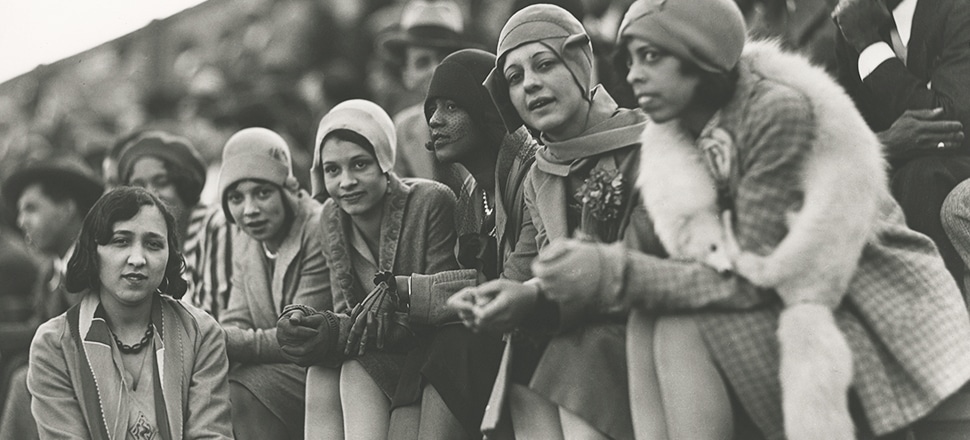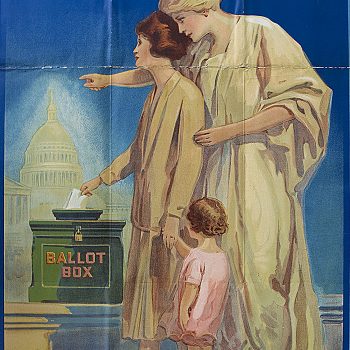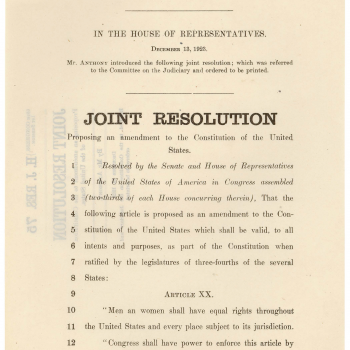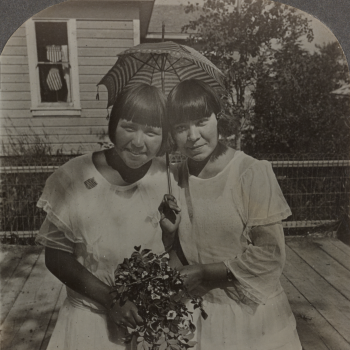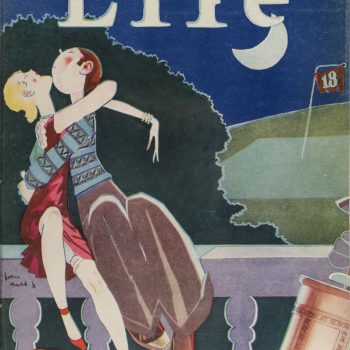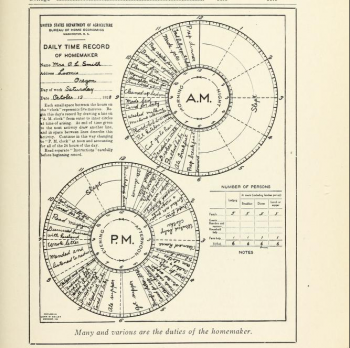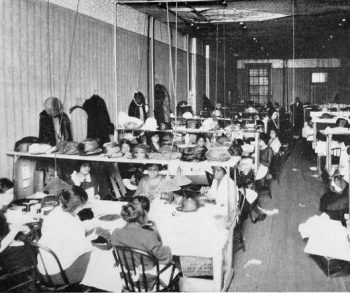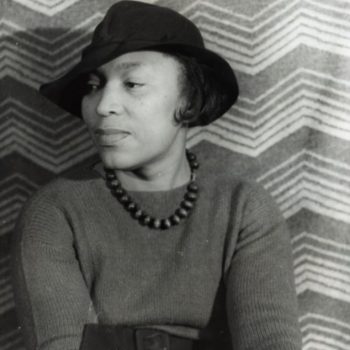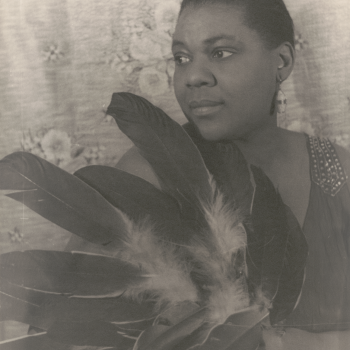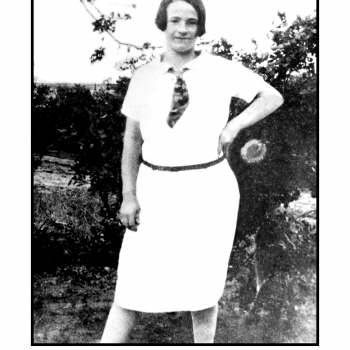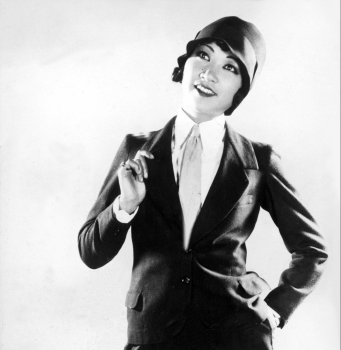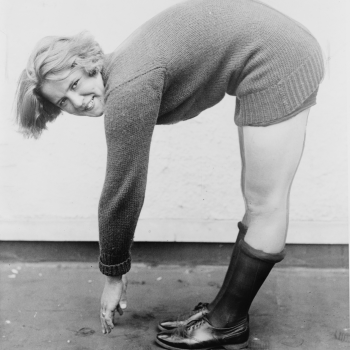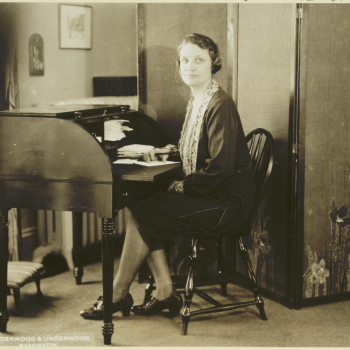Key Ideas
1. Women exercised their newfound political and economic opportunities, shaping American society and consumer culture.
2. Mass production and expanding media allowed women of diverse backgrounds to access new styles and activities that were dramatically different from those of their mothers’ generations.
3. Although the 1920s saw rapid change, marriage, motherhood, and domestic life remained the main focus for most women, regardless of background.
4. The Nineteenth Amendment marked the end of a period of intense – and often unified – social activism. While women continued to fight for social and political change, activists divided across issues.
Introduction
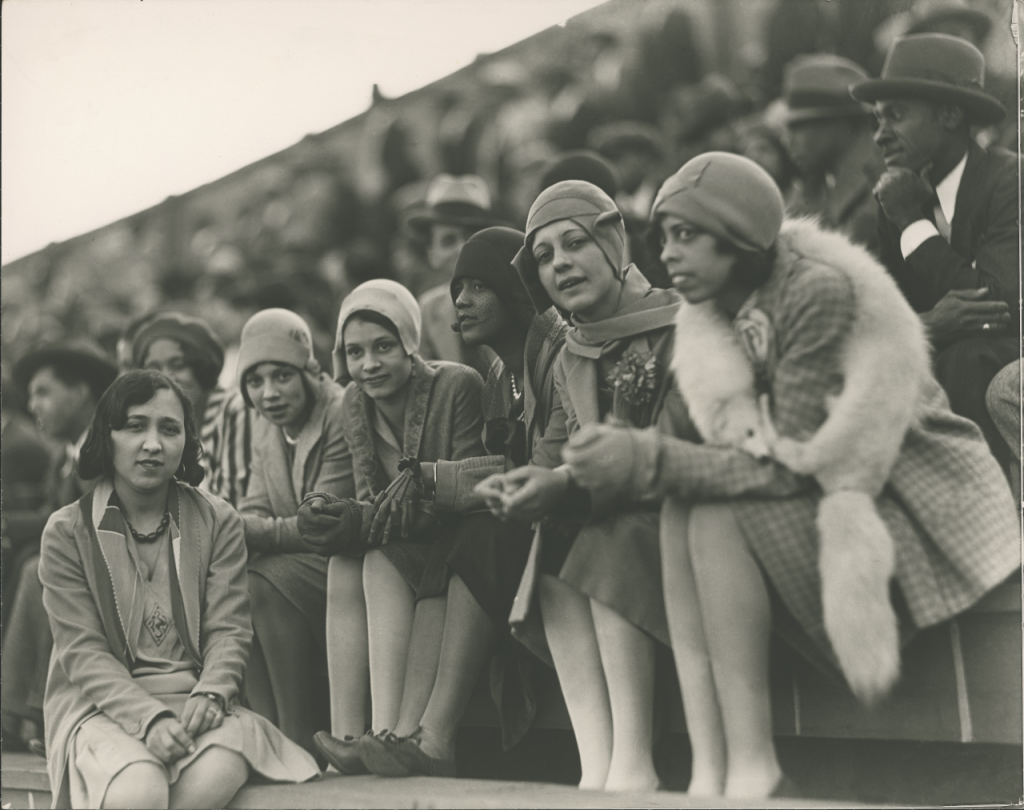
Young women at outdoor sports event. Scurlock Studio Records, Archives Center, National Museum of American History, Smithsonian Institution.
The Jazz Age
The 1920s began with one of the greatest moments in American women’s history: the ratification of the 19th Amendment.
After decades of activism, national women’s suffrage was enshrined in the Constitution. As the new decade began, the question became, “now what?”
But voting and activism were not the only forces at play in women’s lives. Industrialization, migration, urbanization, and immigration had already changed the country. Mass media, marketing, and production gave women of diverse economic backgrounds access to the latest styles and fashions. Changing social morals empowered young women to not only dress like, but also behave like “modern” Americans.
For more information about women’s roles in the cultural shifts of the 1920s, watch the video below.
This video is from “Women Have Always Worked,” a free massive open online course produced in collaboration with Columbia University.
Section Essential Questions
1. To what extent did the 19th Amendment change American life?
2. How did industrialization, urbanization, and mass production shape a new modern American womanhood?
3. How did the Harlem Renaissance reflect the challenges and opportunities experienced by the African American community?
4. How did American women across diverse backgrounds use work, education, and other opportunities to expand women’s roles outside the home?


